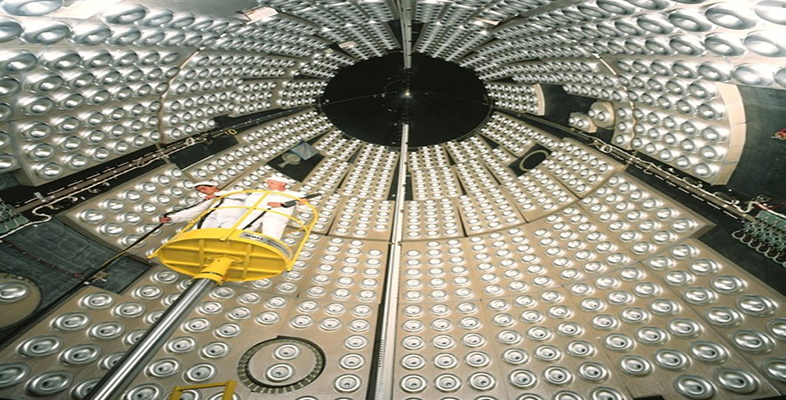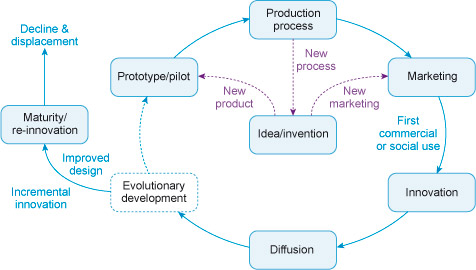8.10 Putting it all together
From a management perspective, it is important to note that invention is not the starting point for innovation, but something that can be seen as the outcome of things like creativity and ideas generation, competitor awareness, and the availability of new materials or components. Chance, or luck, also plays a part, as we noted in Section 3, although as Louis Pasteur, one of the founders of the field of medical microbiology, stated in an 1854 lecture: ‘in observation, fortune favours only the prepared mind’. How we organise ourselves will affect the chances of generating inventions and innovations. Figure 13 illustrates elements of an innovation strategy, and the questions we can be asking ourselves about each one.
It is difficult to produce a universal representation of the various components of the innovation process. However, Figure 13 also acts as a sketch of how these elements fit together. A new idea for a service or product will typically involve the development of one or more prototypes or pilots, and the implementation of a production process. As discussed earlier, though, an innovation might also be applied to the process of producing an existing product (a process innovation). We have also seen that, in service innovations, process innovation may precede product innovation (the reverse of the way it is represented in Figure 13). As we noted earlier in this course, innovations might also apply to the marketing of a product or service. Whatever the type of innovation, at this stage, the new idea remains as an idea or invention; it only becomes an innovation at the point at which it is used to add value in commercial or social use. As they diffuse, most innovations will enter subsequent phases of incremental innovation (again, possibly in product, process or marketing) and further iterations of development, marketing and diffusion. Eventually, in many cases, innovations will themselves be displaced by newer innovations leading to their decline and displacement.

